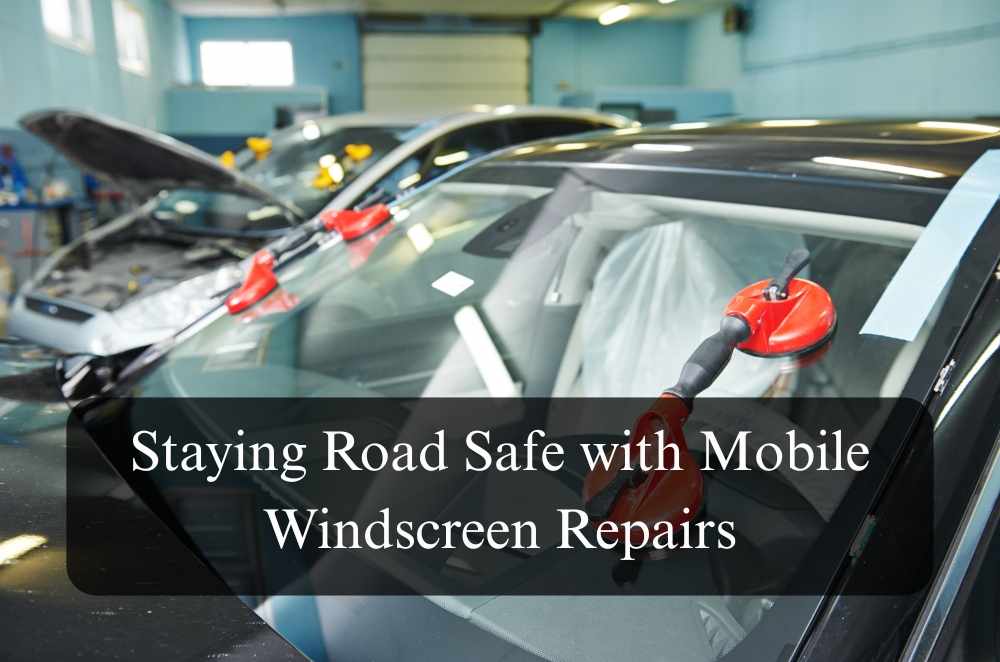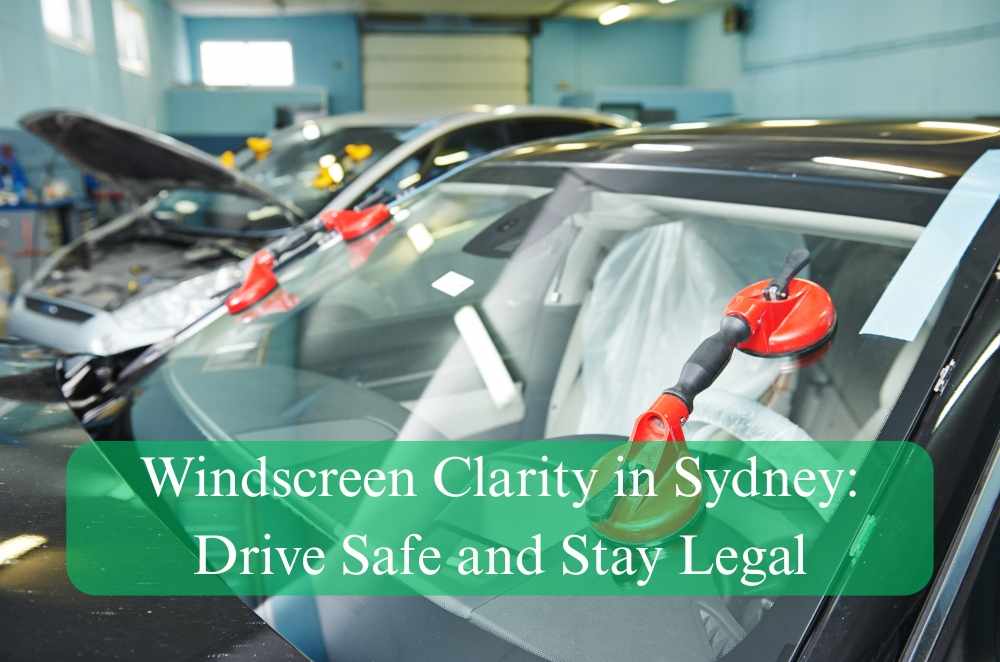
A chipped or cracked windscreen messes with your focus, and in the wrong light, it can bloom into glare that hides hazards. That’s why a quick fix at the kerb can be convenient; it’s a safety habit. If you’re weighing options, shortlisting a provider that offers mobile windscreen repair service keeps the process timely without derailing your day. The goal is simple: restore clarity, preserve the glass as a structural member, and prevent a small star from turning into a creeping fracture. When method and timing line up, the screen behaves as designed, and you keep moving.
What a mobile repair actually covers
A solid technician won’t treat every chip the same. They’ll match the method to damage, glass type, and weather. The right approach means fewer return visits and clearer sightlines.
Damage triage: Star breaks, bullseyes, and short cracks are stabilised with the method suited to each shape.
Resin selection: UV-curing resins are matched to the chip depth for strength without haze.
Surface prep: Moisture, dirt, and loose glass are removed so the bond can hold under vibration.
Finish quality: Excess resin is levelled and polished so wipers glide without chatter.
Those steps sound simple, but they’re where quality shows. I’ve had a pebble strike that looked minor; left alone, it crept through the cold morning and became a crack by lunch. A calm, staged repair early would have saved a full replacement and a day off the road.
Safety, visibility, and the law
You don’t need to be an engineer to take safety seriously. Clear sightlines and structural integrity depend on more than a quick squirt of resin; they hinge on method, materials, and placement of the chip within the driver’s view.
Driver zone: Damage in front of the driver is judged more strictly because glare and distortion build quickly.
Edge stress: Chips near the perimeter can spread faster due to body flex and door slams.
Wiper sweep: Imperfections in the sweep line cause smear and night halos that tire your eyes.
Proof of work: Photos and simple notes help track what was done and when the repair was completed.
If you want a neutral baseline on modern safety tech and why visibility matters, guidance on vehicle safety features lays out how small fixes interact with bigger safety systems like lane assist and auto braking. It’s a good reminder that a clear screen supports sensors and cameras that are now common on many vehicles, so small defects can ripple into warning lights, calibration issues, or driver fatigue when glare builds at night.
Pricing signals that separate pros from shortcuts
Not all quotes are created equal, and the cheapest flyer can cost more once you add back travel, redo time, and the stress of a cloudy repair. Think in terms of value, not just dollars.
Transparent scope: Price lists show what’s included and what counts as a crack versus a chip.
Time realism: Travel and cure windows are accounted for, so the job doesn’t get rushed.
Quality materials: UV lamps, injectors, and resins are professional grade, not hobby kits.
Warranty terms: Guarantees cover clarity and structural hold, not just “attempted repair.”
I’ve pushed for that breakdown after a repair that looked fine but had hazed a week later. In that case, the itemised note made the rework straightforward: fresh resin, better cure under shade, and a clear line about what would be covered if the scar spread. Openness beats bravado, especially when the weather complicates scheduling.
How to judge workmanship on the kerb
It’s easy to miss quality when you’re in a hurry. A few quick checks tell you whether the repair will hold when the cabin heats up or the highway shudders your frame.
Tool hygiene: Clean injectors and fresh blades prevent scratches and trapped debris.
Edge finishing: The pit fill sits flush, so wipers don’t stutter or chew the surface.
Optical clarity: From the driver's seat, the scar is faint, and distortions don’t swim at night.
Documentation: A short record lists resin type, cure time, and any watch-outs for the week.
For a plain-language explainer that pairs technique with daily driving realities, this look at windscreen clarity in Sydney walks through visibility checks without the jargon.
Materials, adhesives, and cure times in the real world
Weather and workflow matter. Cold mornings slow curing; hot dashboards speed edge spread. A method that respects those forces will outlast a quick patch that only looks good in photos.
Temperature range: Resins and primers are chosen for the ambient and glass temperature.
Cure verification: UV exposure is timed and checked rather than guessed from the surface look.
Adhesion tests: A light flex or tap confirms set without over-stressing the repair.
Aftercare: Simple guidance covers washing, heat, and rough roads for the first day.
If you’re after a broader primer for motorists weighing their options, a straightforward mobile windscreen repair guide outlines the steps and expectations so nothing feels mysterious at the roadside. I’ve seen repairs fail because a car was parked nose-to-sun minutes after curing; a few hours of shade would have kept the resin from slumping while the glass was still warming.
Putting it together on the road
The best choice is the one that truly keeps you calm and the view clean. Start with a small, honest scope, then look for habits: tidy tools, measured curing, and clear notes. A fair price explains itself when labour and materials match the job rather than a slogan. I’ve learned to deal with chips early; the fifteen minutes you make today beats a replacement next month. When the finish is smooth, the steering settles, and night lights stop flaring. That feeling—quiet confidence behind the wheel—arrives quietly and sticks around long after the van pulls away. Keep the checklist light, trust the basics, and you’ll notice the result each time the sun drops low across the bonnet and the lane lines stay crisp.





Write a comment ...